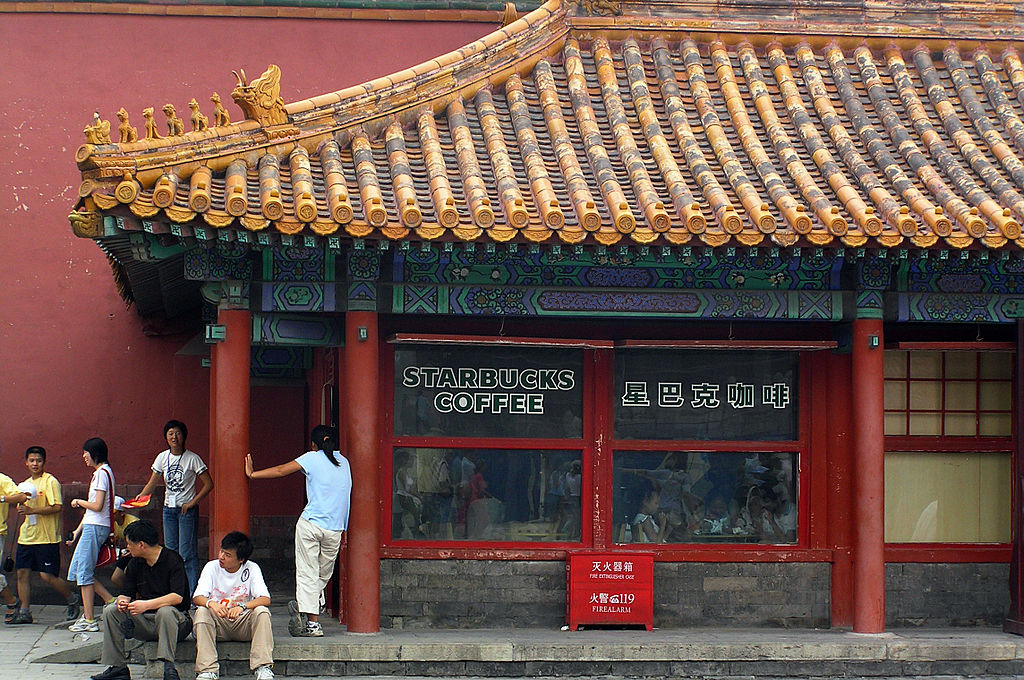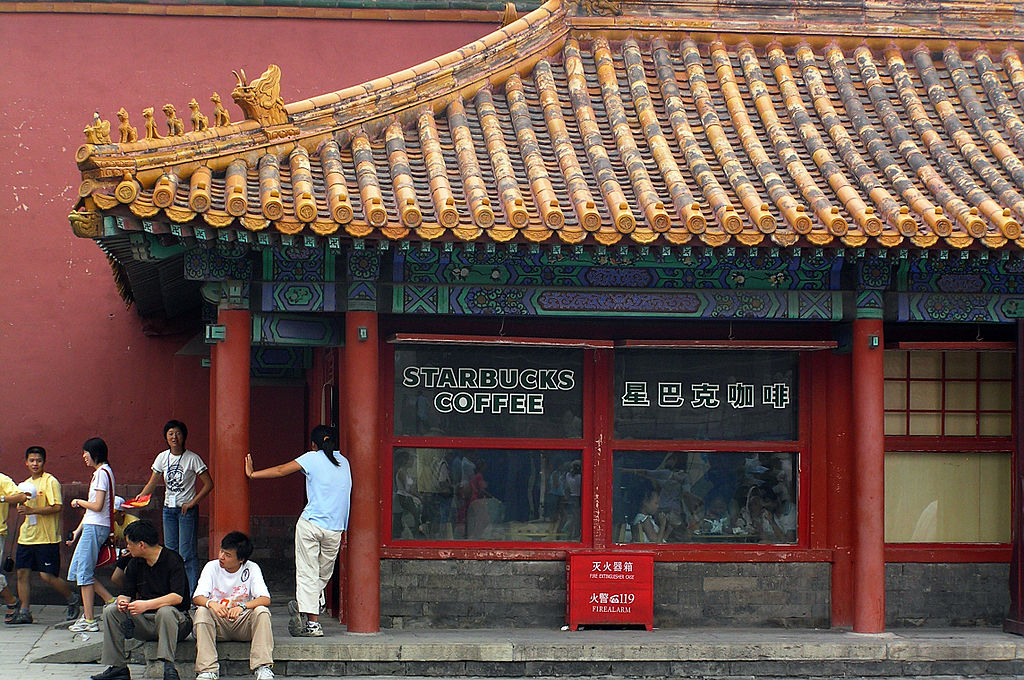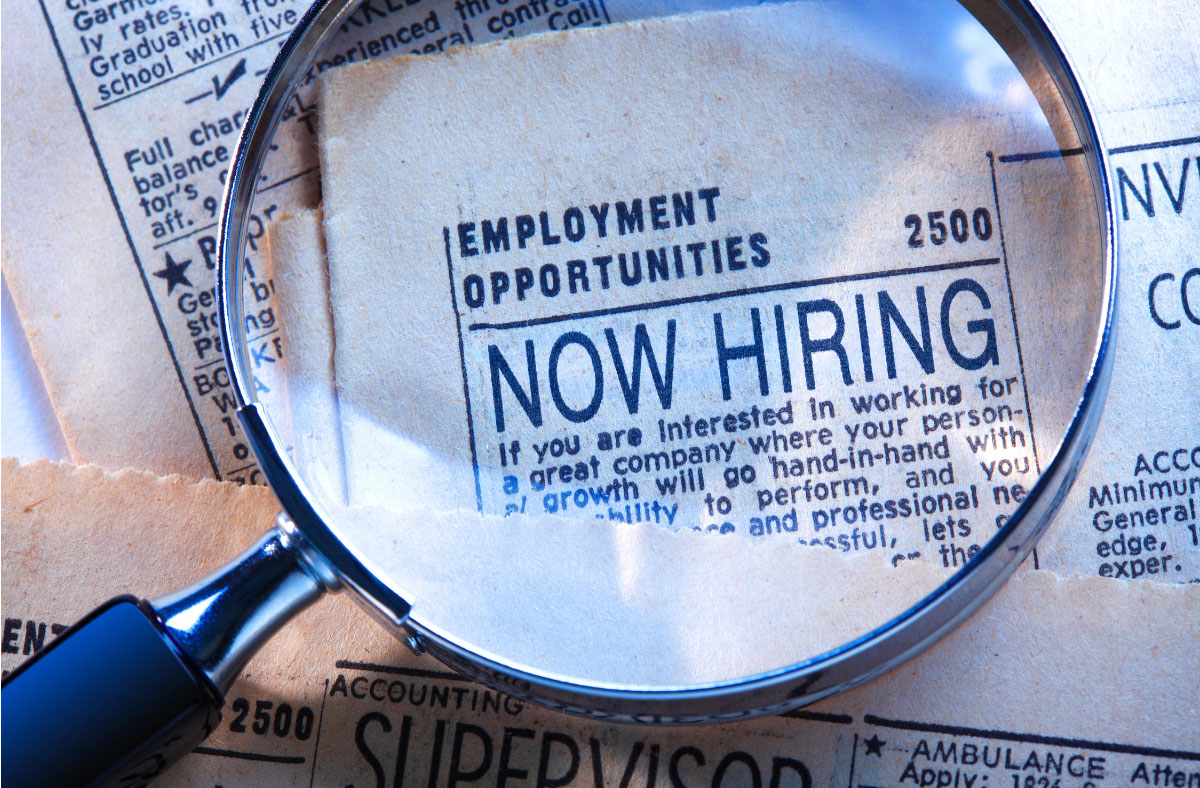 Entering a new market can be a gold mine for companies. However, if there are any missteps, it can also be a disaster.
Entering a new market can be a gold mine for companies. However, if there are any missteps, it can also be a disaster.
Here is a look at some lessons learned from famous market entry successes. These companies did it right, and others who wish to expand into new territories can learn from their strategies.
1. Starbucks in China
Lesson: Challenging the status quo can create a whole new market.
For thousands of years, the Chinese have produced and drank tea. The beverage has been so closely associated with the country for so long that the phrase “not for all the tea in China” has been a part of popular culture since the late 19th century, as a way of expressing unwillingness to do something for any price.
In the Chinese market, coffee had always been a distant second behind this beverage. Despite this fact, Starbucks believed that it was still possible to get the Chinese to embrace coffee.
They believed this because they thought that the concept of the “third place,” a place that is not work or home, but where one can still spend time and feel comfortable, would catch on in China.
Starbucks believed that an interest in coffee would grow with the interest in the “third place” that their stores provide.
Many other coffee companies may have balked at the immense challenge of breaking such a clear cultural preference. In 1999, however, Starbucks entered the Chinese market and opened its first store.
Over the next thirteen years, they opened 570 stores in 48 cities. These numbers clearly reflect how enormously successful they were.
It turned out that the Chinese were ready for such a big change in their beverage choices. They just needed a company to come in and provide a consistent, quality product in a friendly, clean environment, conducive to social interaction outside of home and work.
By taking the risk to break the mold of cultural traditions, Starbucks actually created a whole new market for its product. That market is alive and well, and demand continues to be strong. In fact, Starbucks plans to have 1500 stores in operation in China by the end of 2015.
2. McDonald’s in France
Lesson: Adaptation to a customer base is crucial.
Despite the fact that McDonald’s has enjoyed tremendous success in America for generations, it doesn’t always fare so well in every new market it enters.
For example, McDonald’s entered France in 1979. While it did okay at first, it was far from dominating the market. It was not until it changed some of its tactics in 1995 to adapt to the French clientele that McDonald’s really started to take off in France.
As of 2012, McDonald’s has 1258 stores in the country, more than double the 542 it had just fifteen years before in 1997.
In order to better appeal to its French customers, McDonald’s took a good look at French culture. The company realized that local cheeses, local beef, and baguettes might better appeal to the French palette.
In France, over 70 percent of sandwiches are made on baguettes. So, adding baguette sandwiches to appeal to the tastes of local customers helped the restaurants take off in the region.
Also, knowing that the French were fond of small coffee shops, McDonald’s started opening “McCafe’s,” where people could order a coffee, hang out, read newspapers, and relax. This was yet another hit with the French market.
In a final tactical move, McDonald’s starting having servers go around to tables and take orders for coffees, desserts, and second courses. They did this because their research showed that the French snack less during the day than their American markets, and instead eat meals that often include several courses.
This helped McDonald’s raise the average amount spent per patron to $15, an amount that is approximately four times higher than it is in America.

3. IKEA in China
Lesson: Bridging cultural gaps helps consumers understand the value of the product.
The middle class in China has expanded dramatically in the last twenty years. In fact, by 2017, 60 percent of the Chinese urban population is expected to be middle class. This amounts to 340 million households.
Due to this increase in wealth, and thus consumerism, a number of foreign companies have tried to expand into the Chinese market.
While results vary wildly from one business to another, IKEA is an example of a company that has had great success there. To see why, it helps to compare their strategy to Home Depot’s, a company who did not do well in China.
Home Depot is a home improvement company that relies on customers knowing what they are doing in terms of adding to or repairing their homes. The problem is that in China, the large middle class is very new, and many consumers do not know all of the nuances of home repair.
IKEA recognized this, and included many models and resources to guide them in how a home should be furnished and otherwise improved in their stores. This helped Chinese consumers understand exactly how IKEA products worked and could add value to their homes.
In other words, IKEA basically taught its customers in China how to furnish and decorate their homes.
This education attracted customers, many of whom were brand new to home ownership.
The result was a home run for IKEA. In fact according to Michael Ohlssen, the CEO at the time, sales in China were growing at a faster rate than sales in the rest of the company’s markets in 2011.
4. Red Bull in America
Lesson: Event marketing can be extremely powerful.
Red Bull’s entry into the American market was so seamless and successful that many Americans don’t even realize that it is actually a foreign company. The Austrian company was able to achieve this feat largely by its genius marketing techniques.
Many people in the U.S. are familiar with Red Bull soap box derbies, Red Bull extreme sports competitions, or the Major League Soccer team the New York Red Bulls.
However, what many people don’t realize, is that Red Bull’s event-based marketing strategy helps to generate a powerful buzz about the company and helps ingrain its brand image into American culture.
For example, in 2012 Red Bull created Stratos, a project designed to generate the highest ever free fall, launched from space. This project, which saw daredevil Felix Baumgartner jump off of an ascending balloon from space, generated almost 7 million YouTube views.
The Red Bull Air Race and the Red Bull Rampage are other events that generate large amounts of attention. From a marketing perspective, Red Bull is able to attract interest in their company in a way that many companies do not. This has enabled Red Bull to become the top selling energy drink in America.
Red Bull simply creates events that are so incredible or sensational that they are difficult to ignore.
People bond over experiencing the event, and soon the concept of Red Bull is fully familiar to them.
Red Bull has developed a winning strategy, and the company shows no signs of slowing in the American market. It seems event marketing really has given the company wings.
Which of these lessons could you most easily apply to your business’s expansion into new international markets?








disqus comments